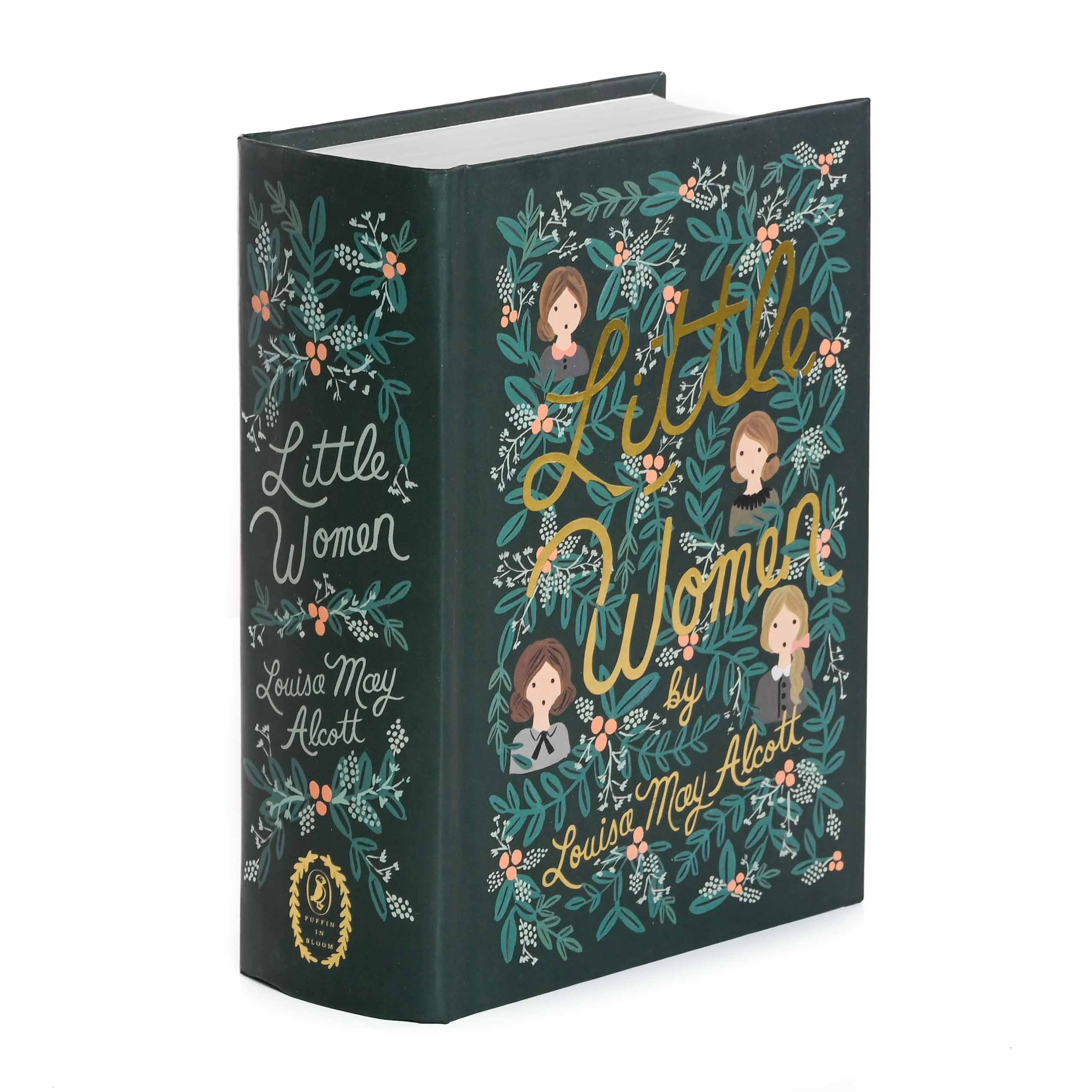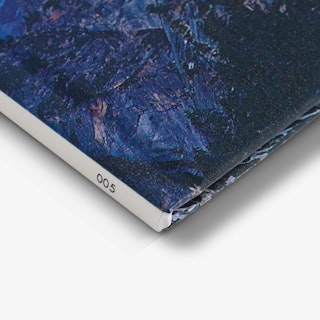Best Deals on Hardcover Books You Shouldn’t Ignore
Wiki Article
A Comprehensive Guide to the Process of Hardcover Books Printing
When you commence the trip of hardbound book printing, recognizing the whole process is vital. As you browse with binding and high quality control, you'll find that every choice influences the book's total allure.Understanding the Hardcover Book Structure
When you discover the globe of hardcover publications, you'll swiftly discover that their framework is deliberate and distinct. The external casing, usually made from sturdy cardboard, gives toughness and protection. You'll locate a fabric or natural leather covering, which not just boosts visual appeals yet also includes to the book's durability. Inside, the endpapers attach the cover to the text block, making certain a seamless interchange.The message block itself consists of several trademarks, or folded up sheets, stitched together for stamina. You'll see that the spinal column is enhanced, enabling a smooth lay-flat reading experience - hardcover books. Furthermore, guide's weight commonly shares a sense of quality and permanence
Hardbound publications typically feature a dirt jacket, which functions as an advertising device while securing the cover. Understanding these aspects aids you appreciate the craftsmanship behind hardcover books and their unique appeal in the literary world.
Manuscript Preparation and Modifying
Obtaining your manuscript prepared for printing is crucial, and it begins with proper formatting guidelines. You'll need to recognize the modifying procedure to refine your job and guarantee it reverberates with visitors. Plus, understanding proofreading techniques can assist you catch those annoying errors before your publication mosts likely to publish.
Manuscript Format Guidelines
Proper manuscript formatting is important for producing a professional-looking hardbound publication. Make certain to check your manuscript for consistency in style, ensuring that everything from punctuation to spacing adheres to your chosen guidelines. Following these steps will set a solid structure for your publication.Editing And Enhancing Refine Basics
Modifying your manuscript is an essential step that can change it from an outline right into a sleek end product. Start by checking out with your job seriously, concentrating on framework, clearness, and flow. Seek incongruities in your story, character development, or argumentation. It's useful to take breaks in between rounds of editing to obtain fresh perspectives. Don't hesitate to reduce unneeded material or rephrase awkward sentences; this will certainly improve readability. Think about seeking responses from trusted peers or professional editors that can supply important insights. Bear in mind, modifying isn't practically repairing errors; it's concerning fine-tuning your voice and guaranteeing your message resonates with viewers. Accept the process, and you'll see your manuscript luster.Checking Methods Overview
Once you have actually polished your manuscript via modifying, the next action is to ensure it's cost-free of mistakes that can distract viewers. Begin by taking a break after editing and enhancing; fresh eyes catch blunders better. Review your manuscript out loud-- this aids you listen to awkward phrasing and place typos. Use electronic tools like spell checkers for first scans, however do not count exclusively on them. Consider printing your manuscript; analysis theoretically can reveal errors that displays miss. Focus on one kind of error at a time, whether it's spelling or grammar, to avoid sensation overwhelmed. Enlist a trusted friend or specialist proofreader to offer a fresh point of view. Their responses can highlight issues you could overlook.Designing guide Cover and Interior
When you're developing your book cover and interior, you'll intend to concentrate on important style aspects that record your audience's attention. Selecting the appropriate typography designs and thoroughly picking colors and imagery can make all the difference in sharing your publication's style. Let's explore how these selections can boost your work and attract viewers.Essential Layout Aspects
Producing an eye-catching publication cover and a properly designed interior is important for attracting viewers and boosting their experience. Begin with the cover; it's your impression. Select colors and photos that show your book's motif and mood. Make certain your title attracts attention and is understandable, even in thumbnail size.For the inside, concentrate on format and white space. A tidy, orderly style assists readers browse effortlessly. Think about using chapter headings and subheadings to guide them with the content. Visual components, like pictures or graphics, can also improve involvement however needs to complement the message, not bewilder it. Remember, a natural design Learn More Here throughout your publication fosters an expert look that can substantially affect a visitor's choice to select it up.
Picking Typography Styles
Typography plays a crucial function in both guide cover and indoor layout, forming how readers regard your web content. When picking typography designs, consider your publication's genre and target audience. A timeless serif font might work well for literary fiction, while a contemporary sans-serif may fit a modern story. Warranty readability; your message needs to be easy on the eyes, especially for longer passages. Take note of font size and line spacing, as these elements impact overall flow. Mixing typefaces can include passion, yet limit it to 2 or 3 to maintain comprehensibility. Finally, believe regarding power structure-- use different designs for headings and body message to lead viewers easily with your work. Your typography choices will significantly impact the viewers's experience.Color and Images Option
Selecting the best colors and images is important for capturing viewers' focus and communicating your book's motifs. Start by considering your style; lively colors may help a youngsters's book, while muted tones fit a mystery story. hardcover books. Use images that resonates with your content-- images, images, or abstract styles can enhance your messageWhen creating the cover, make certain the imagery does not bewilder the title and author's name; clearness is key. This cohesive technique not just elevates your book's aesthetic yet also enriches the visitor's experience, making it more remarkable.
Selecting the Right Paper and Products
When selecting paper and materials for your hardbound book, it's necessary to ponder exactly how they'll affect the overall look of your job. Begin by picking the appropriate paper weight; heavier stock typically communicates top quality and durability, while lighter paper can create a more delicate touch. Consider the finish as well; glossy paper enhances images and shades, while matte can give an innovative, understated appearance.Towel, leather, or printed paper can set the tone for your publication. In addition, think about the binding materials; making use of top quality sticky guarantees your publication lasts.
Eventually, the options you make here show your vision, so make the effort to sample different materials (hardcover books). Your selections will certainly assist produce a publication that's not only visually appealing but useful and likewise durable
The Printing Refine: Techniques and Technologies
A selection of printing methods and technologies can bring your hardbound book to life, each offering special advantages. Digital printing is a preferred option for short runs, permitting for quick turn-around and economical solutions. When you require to print smaller sized quantities without compromising quality, it's best. On the other hand, balanced out printing master producing big quantities, delivering top notch and consistent results. This approach is optimal for comprehensive magazines where color accuracy and great information issue.Recognizing these strategies aids you make notified choices, ensuring your hardbound publication not only looks terrific however likewise meets your production needs properly. Pick the appropriate approach to boost your book's charm and impact.
Binding Approaches for Hardcover Books
Numerous binding methods can transform your hardcover book into a long lasting and appealing item. One preferred choice holds true binding technique, where the visit their website pages are stitched and then affixed to a rigid cover. This provides exceptional toughness and a specialist appearance. One more method is the excellent binding, which utilizes adhesive to hold the pages with each other, enabling for a sleek back but much less sturdiness contrasted to situation binding.You might likewise take into consideration spiral binding, which permits your publication to lay level, making it perfect for guidebooks or workbooks. Each binding approach has its benefits and fits various demands, so think about your book's purpose best site and audience when choosing the finest choice for your job.
Top Quality Control and Last Touches
After selecting the right binding technique for your hardcover book, high quality control ends up being important to validate your end product satisfies your expectations. Start by inspecting the printed pages for any kind of mistakes or incongruities in shade and design. You don't want to miss out on any kind of typos or misprints that might impact your readers' experience.Following, examine the binding stability. Verify the pages are firmly connected and that the spine is sturdy. A well-bound publication not just looks expert but additionally feels resilient in your hands.
Additionally, pay focus to the cover. Try to find any type of scuff marks or misalignments in the artwork. Make sure they're applied constantly across all duplicates. if you've opted for unique finishes like embossing or aluminum foil stamping.
Ultimately, carry out a detailed assessment of the entire set before relocating to distribution. In this manner, you can confirm that every publication reflects your high criteria.
Frequently Asked Inquiries
How much time Does the Hardcover Publication Printing Process Normally Take?

What Is the Minimum Order Quantity for Hardcover Books?
The minimum order quantity for hardcover books typically begin around 100 duplicates, however it can vary based on the printer. You need to examine with your chosen printing service for their details needs and prices.
Can I Publish Hardbound Books in Customized Sizes?
Yes, you can publish hardbound publications in custom sizes. Numerous printing solutions use adaptability with measurements, allowing you to pick a layout that fits your job. Just confirm the requirements prior to putting your order.
Are There Eco-Friendly Options for Hardbound Publication Printing?
Yes, you can discover environment-friendly alternatives for hardbound publication printing. Lots of business utilize recycled products and lasting inks. Just ask your printer about their green practices to assure your project straightens with your ecological worths.What Are the Expenses Connected With Hardcover Book Printing?
When considering hardcover publication printing prices, you'll need to element in materials, style, and printing approaches. Additional expenses like delivery and binding can likewise influence your total spending plan, so strategy as necessary for your task.When you start the trip of hardcover book printing, comprehending the entire process is essential.A range of printing methods and technologies can bring your hardbound publication to life, each offering one-of-a-kind advantages. How Long Does the Hardcover Book Printing Process Usually Take?
The hardcover book printing procedure usually takes around 2 to 6 weeks.Yes, you can find environmentally friendly choices for hardcover book printing.
Report this wiki page